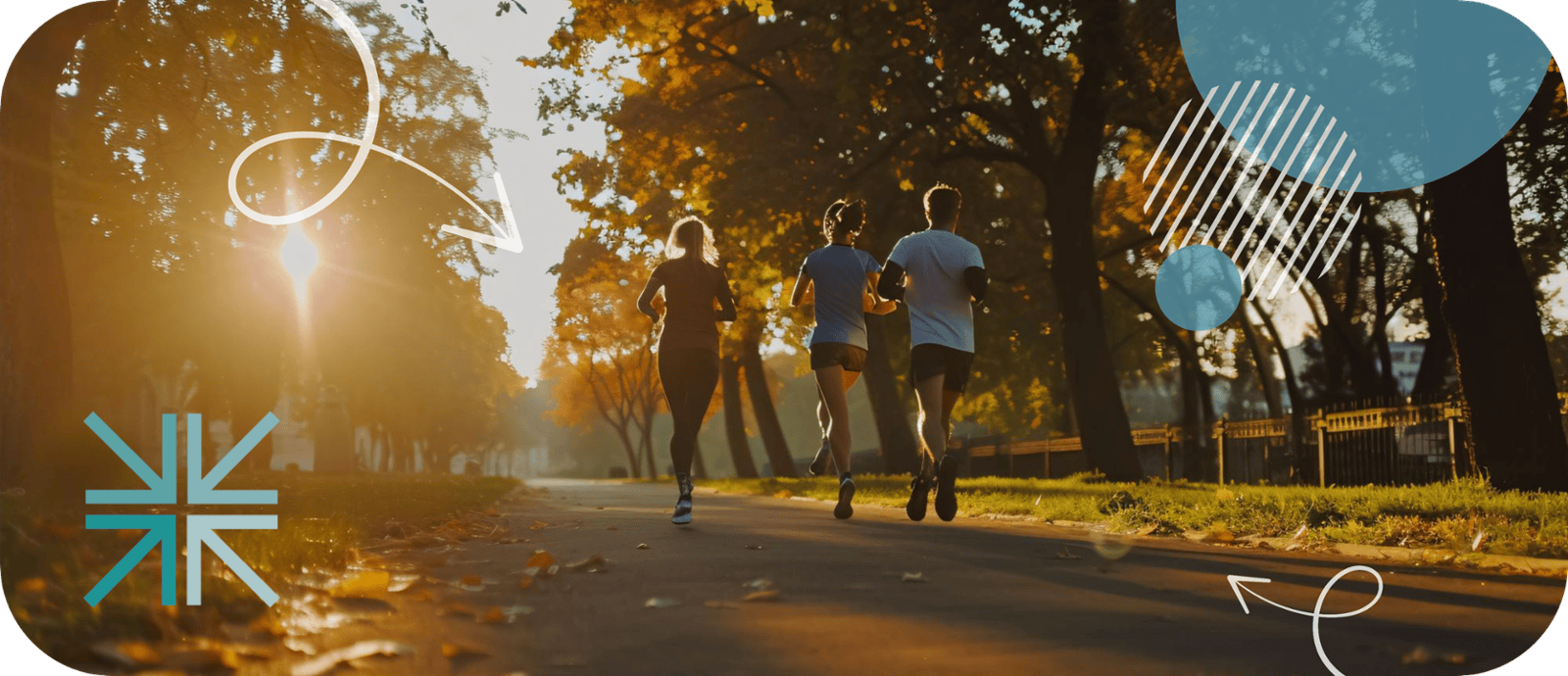
Are we sitting our way to sickness? Discover the impacts of a sedentary life.
From Active Lives to Sedentary Habits
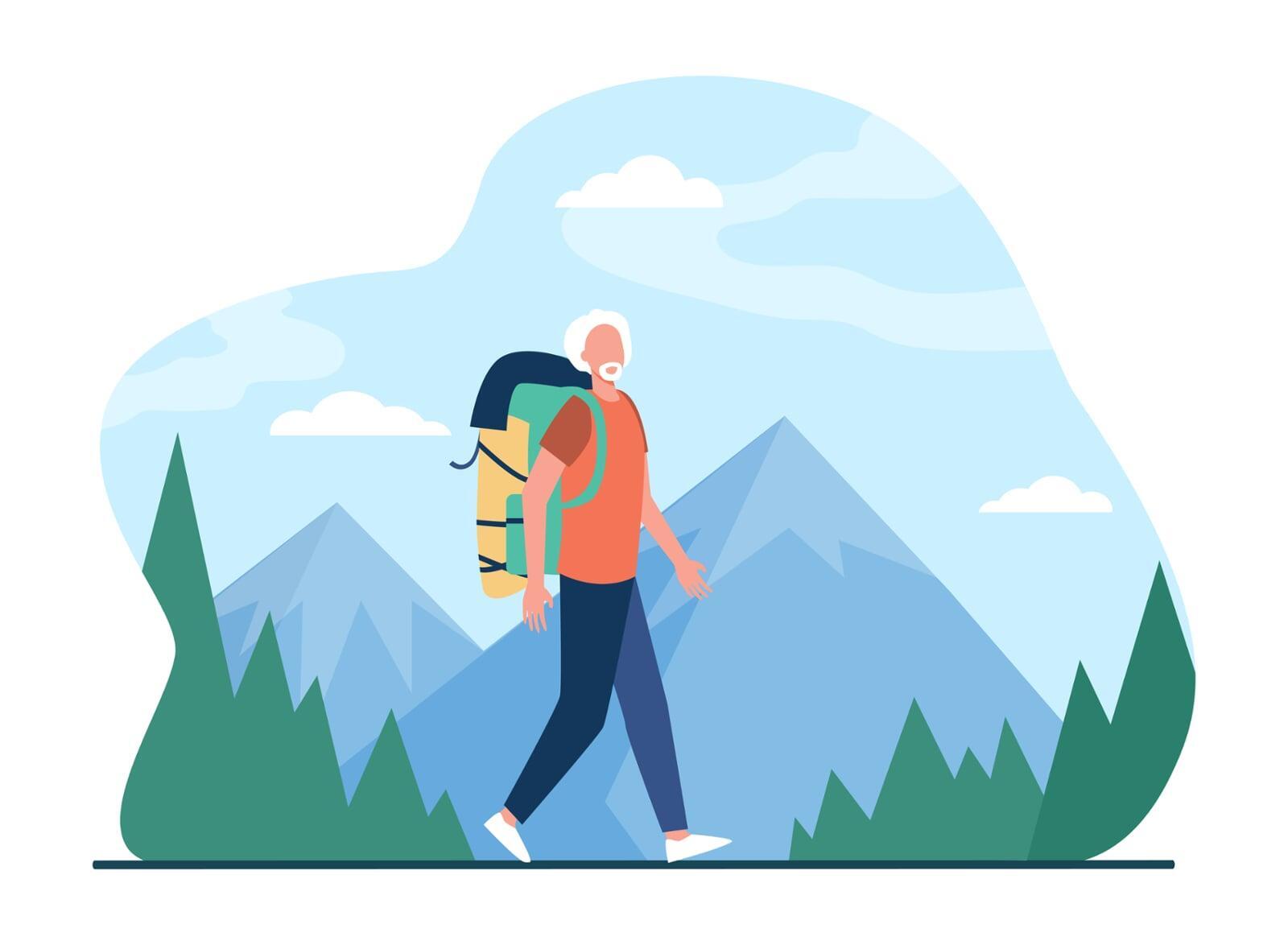
Not too long ago, physical movement was built into daily life. People walked more, did manual labor, and spent far less time in front of screens. But modern conveniences, as amazing as they are, have gradually stripped physical activity from our routines.
Technology has made it easier to do almost everything from a chair: shopping, working, even socializing. Combine that with long commutes, remote work, and hours of streaming shows, and we’ve created a world where sitting has become the default.
The Health Cost of Inactivity
It may not seem like a big deal in the moment, but prolonged sitting and a lack of movement add up quickly. Here's what research is telling us:
- Heart Health Suffers: Inactivity is linked to high blood pressure, elevated cholesterol, and increased risk of heart disease.
- Weight Gain & Metabolism Issues: Sitting for long periods slows your metabolism and can lead to weight gain, insulin resistance, and type 2 diabetes.
- Weaker Muscles & Joints: Without regular movement, muscles weaken, and joints stiffen, making everyday tasks more difficult with age.
- Mental Health Impact: Physical activity is a natural mood booster. Less movement can contribute to anxiety, depression, and feelings of sluggishness or brain fog.
Increased Risk of Early Death: Studies have shown that too much sedentary time is associated with a higher risk of premature death, even for people who exercise occasionally.
Higher Healthcare Expenses: In the United States, inadequate physical activity is associated with an estimated $117 billion in annual healthcare costs.
The Good News: It Doesn't Take Much to Turn Things Around
Here’s the encouraging part: you don’t need to run marathons or spend hours in the gym to combat the effects of inactivity. Just adding small bursts of movement throughout your day can make a big difference.
- Stand up and stretch every 30–60 minutes.
- Take a brisk 10-minute walk during lunch or after dinner.
- Use the stairs instead of the elevator when possible.
- Incorporate light activity into daily tasks, like vacuuming, gardening, even dancing around the house.
• Try “exercise snacks” – short, intentional 2–5 minute movement breaks.
The Bottom Line: Movement is Medicine
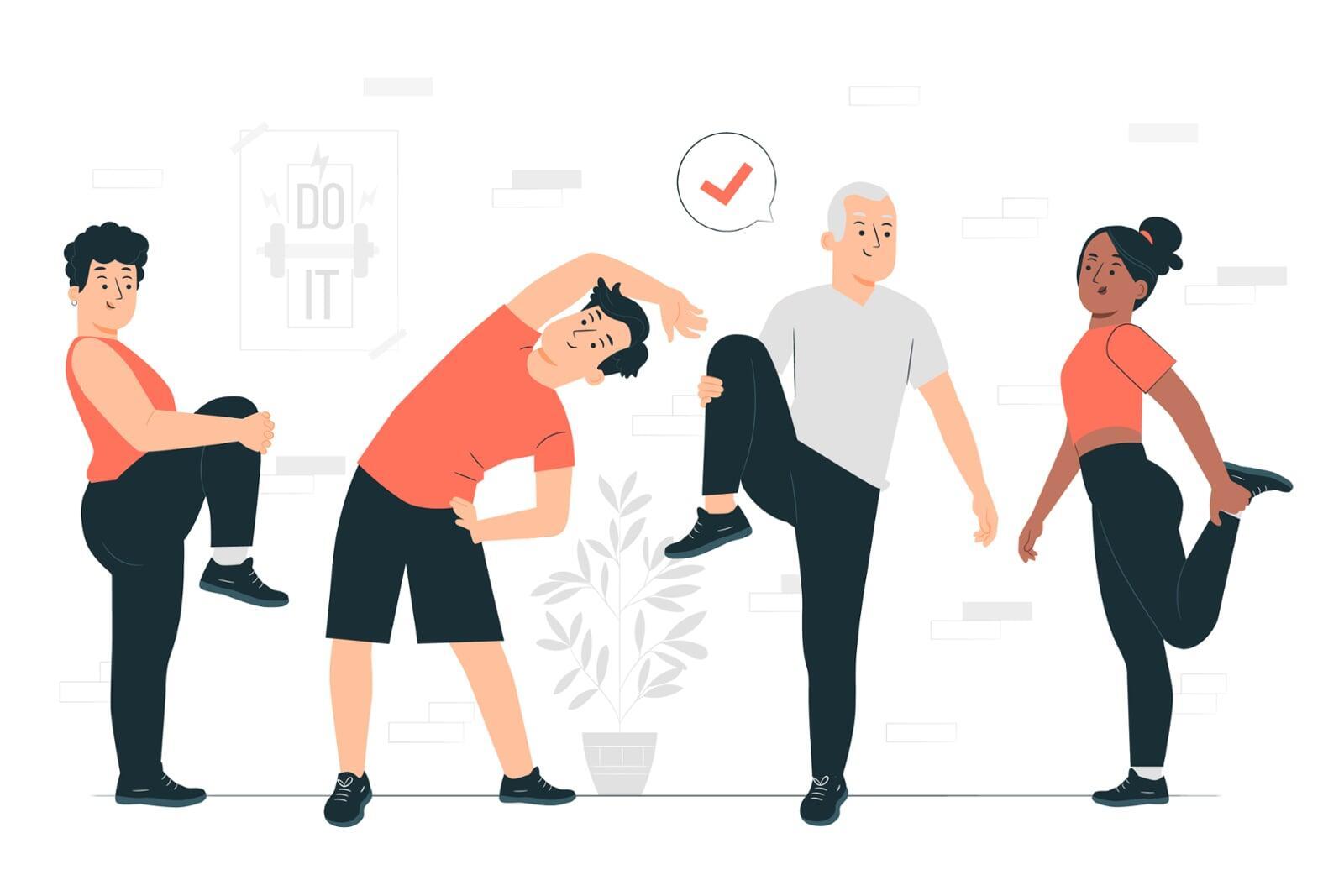
Human bodies were designed to move, and when we don’t, they let us know. The good news is it’s never too late to start incorporating more movement into your life. Every step, stretch, or stand-up moment counts.
So, if you’ve been sitting for a while… this is your friendly reminder to get up, shake it out, and take a few steps!
Want to learn more? Check out the links below for more helpful resources!
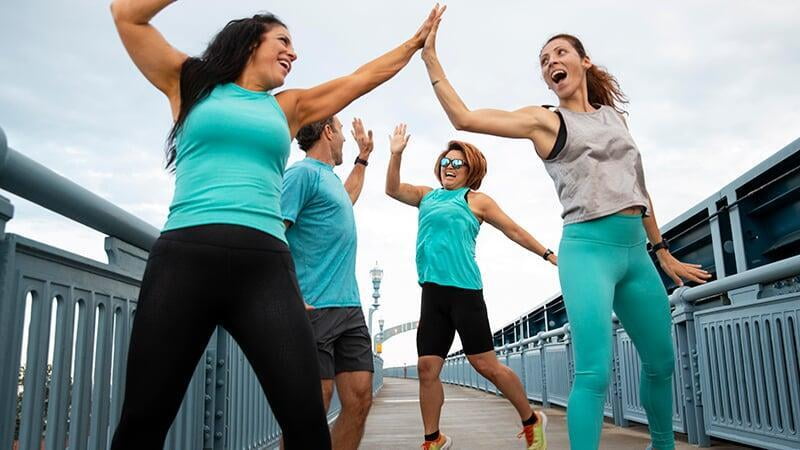
The Power of Movement
Being physically active is one of the most important actions that people of all ages can take to improve their health.
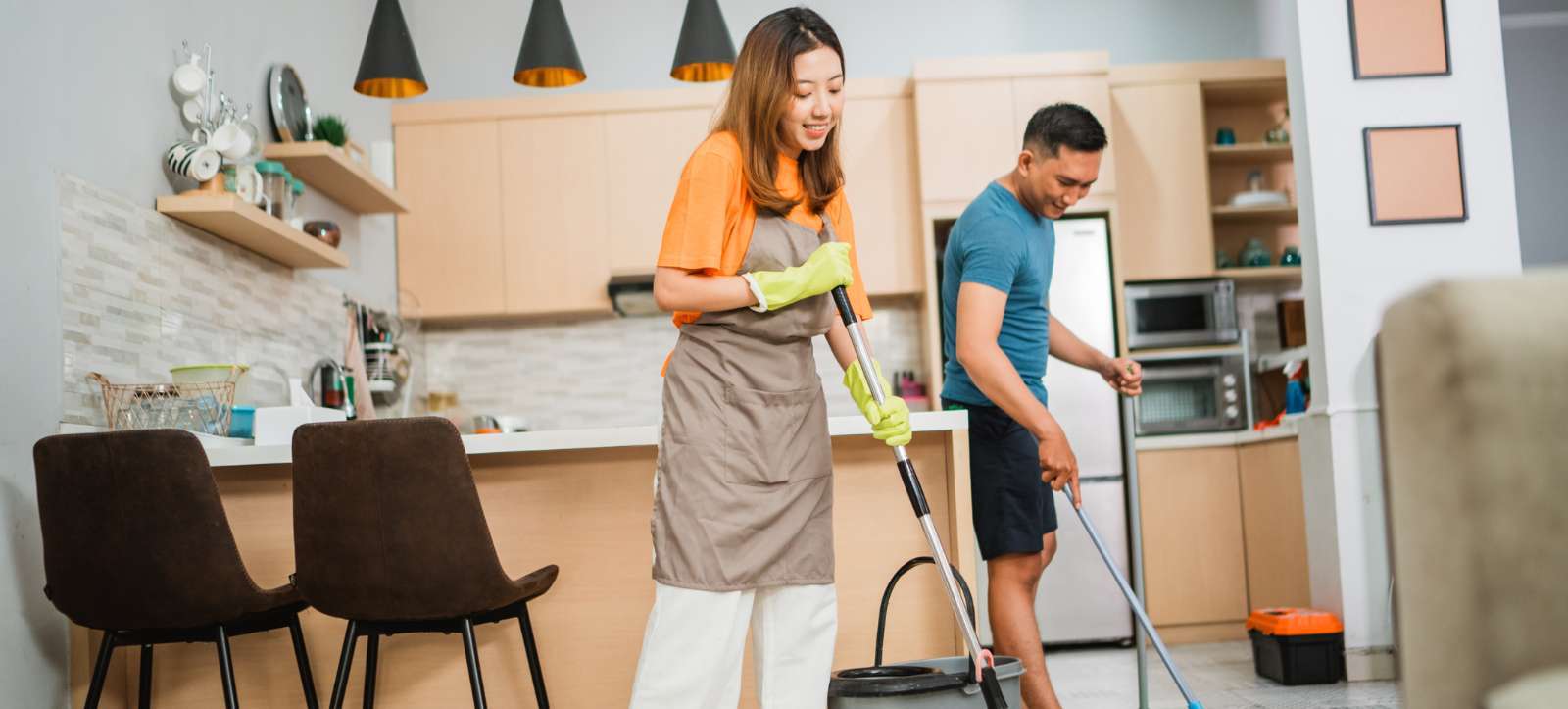
Power of Everyday Movement
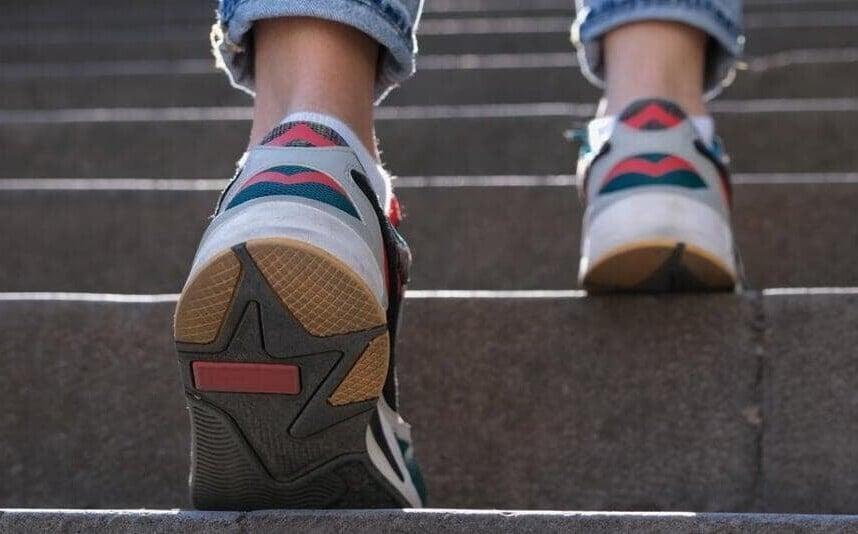
30 Ways to Reach Your Step Goal
A simple way we like to stress less and feel better is by focusing on getting a healthy number of steps in our daily routines.
